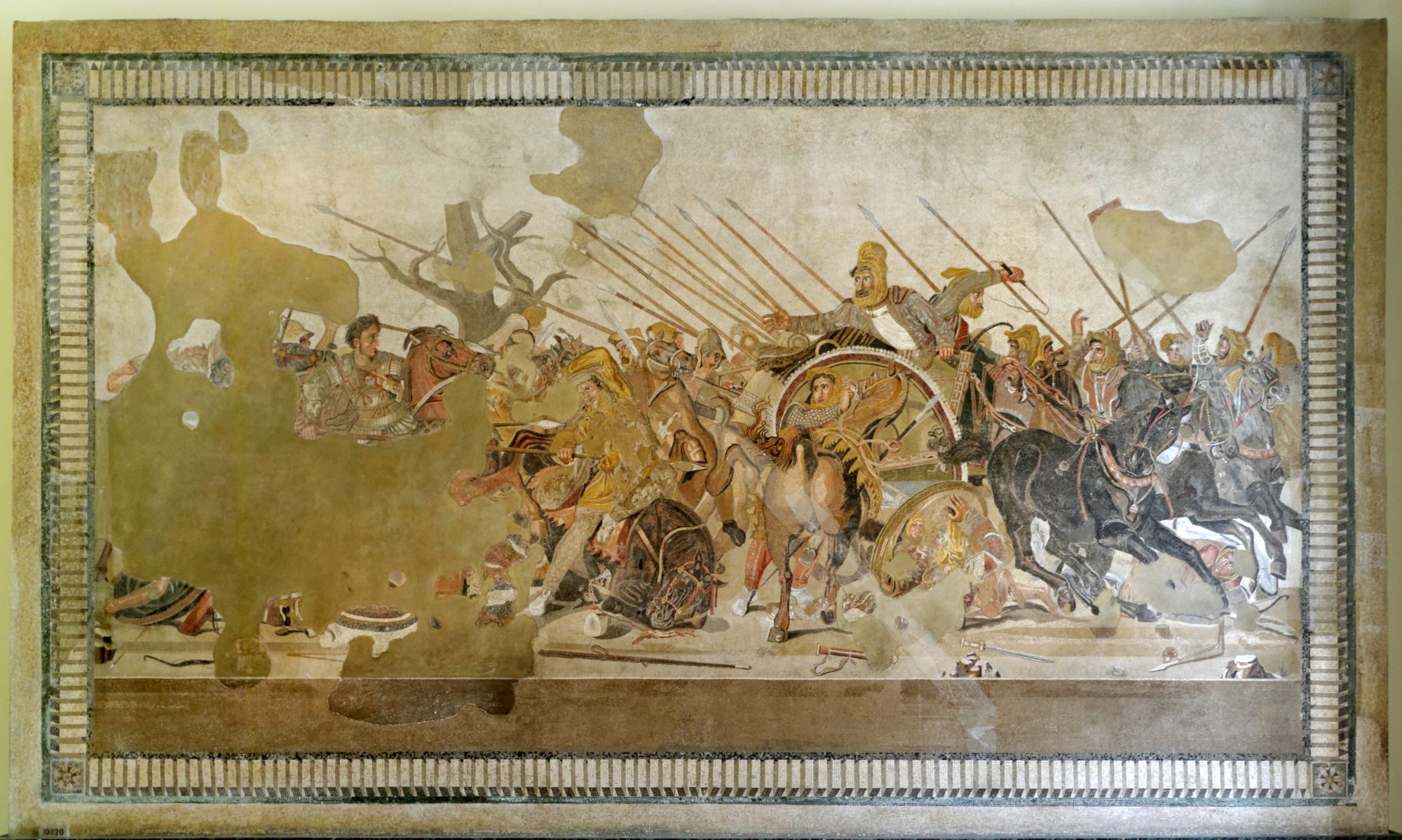Hardcover: 288 pages
Publisher: OUP Oxford (25 Aug. 2016)
Language: English
ISBN-10: 0199682038
https://www.amazon.co.uk/Alamein-Great-Battles-Simon-Ball/dp/0199682038
Not being one of the world’s great ww2 buffs, I was unsure about whether I’d enjoy the newest of Oxford University Press’ Great Battles Series. But it has proved to be a gem to read, a chatty and totally different take on, not just Alamein, but history as a weapon and the legacy of war.
In look and feel it is like the other two I’ve read, slim and black and white, with images inserted into the text. Readers wishing to get an overview of the Battle should pay close attention to the introduction. Oxford’s great Battles are not actually so much about the study of warfare but the legacy of it, how it impacted people, and how the story is remembered.
In both other titles of this series I noted that the authors had attempted to both tell the story of the battle in question, and then discuss the legacy. Simon Ball has blended the action and the analysis superbly so that you don’t really have to change gears. The author has identified the real purpose of this series and threads the course of the battle into the discussion about how El Alamein has been remembered.
This is easier that with other battles because actually before the first shots of the battle were fired, the British government were crafting the language and recording the history for use in the overall war effort.
On the 23rd of October 1942 something happened in the Egyptian desert near a railway halt called El Alamein. But as the author explains, figuring out what that “something” was is no easy feat. Not least it’s legacy. That it was a battle goes without saying, but actually two engagements preceded it, which muddy the waters as to its significance.
It propelled the British 8th Army and its commander Field Marshal Montgomery to legendary status, and recovered allied morale, starting what Churchill called the end of the beginning. But was El Alamein truly the moment when the tide turned? Or was the victory inevitable by the time Monty’s offensive went in? Was the successful outcome down to brilliant leadership, or just overwhelming superiority in force and equipment?
Was it El Alamein that really steadied the allied war effort? Or was it in fact blown far out of proportion to seem that it had?
Such are the questions we encounter as Simon Ball, takes us along the track of written and filmed sources that have crafted the popular image of perhaps the most famous obscure battle in history. From the first official histories produced by special committees formed to keep control of the narrative for propaganda, to the first films dealing with the battle to he last desert war flicks of the 20th century, right through, to the accounts of POW’s, war correspondents and Generals, soldiers and planners, all the way down to military theorists and wargamers. This is book examines the main arteries of information that crafted the idea of Alamein.
I don’t doubt that someone more informed on the subject than myself would have found more piercing insights, yet it is certainly not necessary to know much about the battle to follow the train. However this is probably not so much an introduction to the battle, and new readers should keep this in mind, but those interested in historiography and how history, not yet even cold, was seized by the various sides to help the war effort will find it an enlightening read.
It is possible that not all the questions raised are answered. The author presents the controversy in some places without offering a solution, the issue of guilt within the British Imperial forces is not quite specified though it remains a central issue. Also though the British and German dialogue is throughly examined, hinging on the idea of a faintly distasteful victory, based on crushing force than artful strategy and the gallant genius of Rommel, the Italian side doesn’t quite get a look in, (we don’t even learn the name of their senior commander), except for a survey of some of their war films (from which is gleaned their finest hour at Alamein) and the unresolved, or unexplained claims of POW’s that the Italians were crueler than the Germans and poorer soldiers. The Commonwealth narrative polarises around the Australians and New Zealanders.
Maybe some questions will go unanswered, but what is more important is that it presents us with the tools to answer them oursleves, and an undeniable picture emerges of one of the greatest and least understood battles in modern history. Seen through the paper trail its participants left behind, no other allied victory except DDay and Stalingrad attained the fame of Alamein, yet the fame was undone and constantly apologised for almost immediately. No one wanted to tarnish the legend of Rommel, there was also a humility that the unworthy 8th army with its large supply trains and heavy air support had battered the plucky Afrika Korps into defeat. The first accounts were largley informed by German POW’s and those British who had been captured, which instantly shaped the narrative against the victors.
A clear understanding of the battle itself will undoubtedly keep a reader’s head straight when delving into the muddy waters of Alamein’s afterlife. But this is a snappy, and thoughtful provoking book, that comes at the subject from an interesting and less travelled
Josh.




You must be logged in to post a comment.